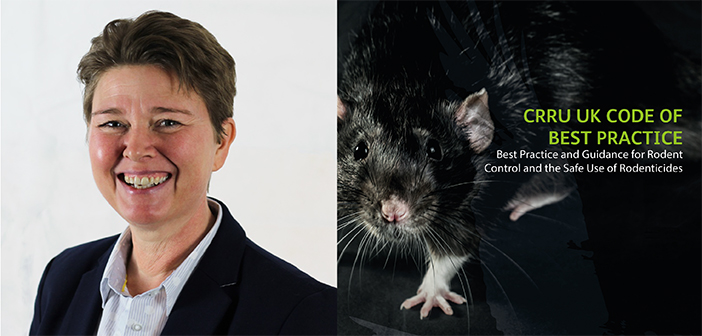The newly updated Code of Best Practice from the Campaign for Responsible Rodenticide Use (CRRU), which operates UK Rodenticide Stewardship Regime, highlights that rodenticide use for permanent, pulsed or burrow baiting, or in covered and protected bait stations, is now only legal if the product label permits these ‘non-standard’ scenarios specifically.
This applies equally to pest controllers, farmers and gamekeepers, CRRU said.
It comes into force, according to CRRU chairman Dr Alan Buckle, amid “stubbornly static” rodenticide residues found in barn owl surveillance.
The updated code also includes new information about two active substances returning to the UK market, cholecalciferol and hydrogen cyanide, including their roles in rodenticide resistance management.
When first published in 2015, the code’s legal status was guidance. Since then, the Biocidal Products Regulation governing rodenticide authorisations has determined that “biocidal products shall be used in compliance with the terms and conditions of authorisation”.
These are summarised on product labels, thereby placing a legal obligation on pest controllers, farmers and gamekeepers.
The 2021 Code of Best Practice also contains new details for using a risk hierarchy to plan effective rodent control at minimum risk to people, non-target animals and the environment.
Dee Ward-Thompson, leader of the CRRU Best Practice work group that carried out the update, said: “The principle is that before applying rodent control measures, everyone should consider the risks systematically.”
The 2021 Code of Best Practice and a writeable environmental risk assessment template can be downloaded from www.thinkwildlife.org/downloads/.


